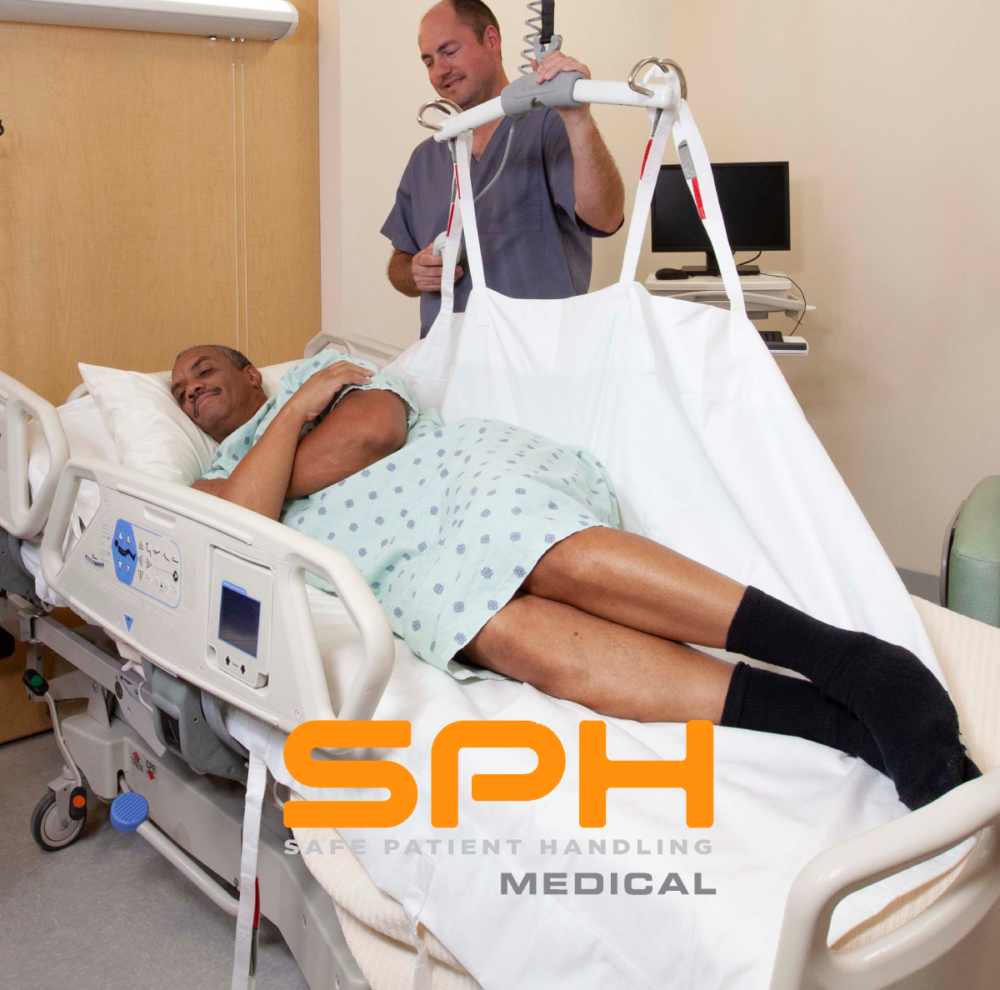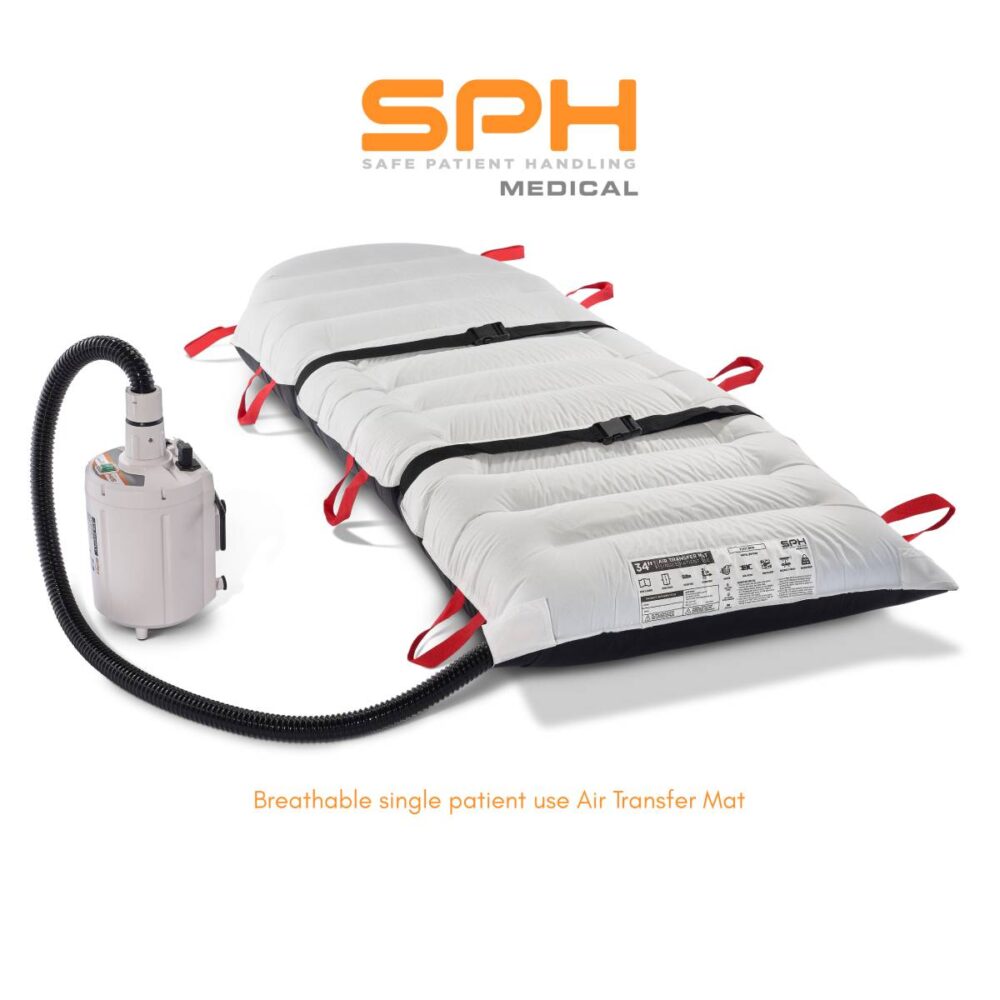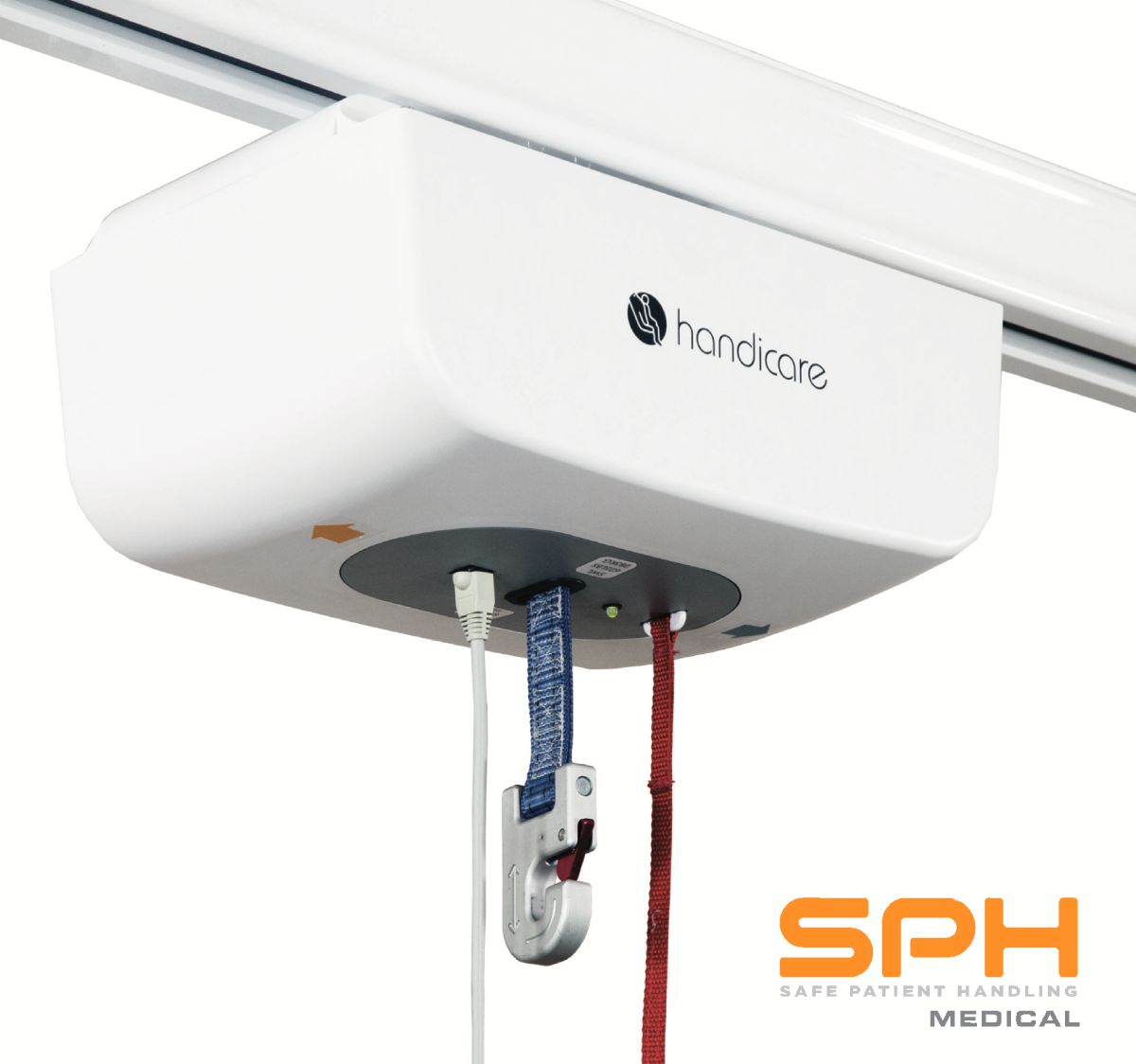As a Nursing Director or even a hospital’s Director of Purchasing, ensuring the safety of your staff is paramount. The risk of workplace injuries due to manual patient handling across all departments, including surgery, is a significant concern that requires an effective solution. At SPH Medical, we understand these challenges and are committed to providing innovative, cost-effective solutions that can be deployed quickly and easily. This includes revolutionizing patient handling with the air powered transfer and positioning system (APTAPS).
The Market’s Need for an Effective Solution
Manual patient handling contributes significantly to the prevalence of workplace injuries in healthcare settings. Studies reveal that it is the most frequently reported risk factor for work-related musculoskeletal disorders. The demand for a solution that addresses this issue effectively is urgent and critical.
The Demand for a Cost-Effective, Easy-to-Implement Solution
In the face of rising healthcare costs and staff shortages, hospitals need solutions that are not only effective but also cost-efficient and easy to deploy. As a Director of Purchasing, your role involves finding products that meet these criteria while ensuring the highest level of patient care and staff safety.
Introducing the Air Powered Transfer and Positioning System (APTAPS)
SPH Medical’s Air Powered Transfer and Positioning System (APTAPS) is designed to address the challenges of manual patient handling. This unique product offering significantly reduces the risk of caregiver injury by eliminating the need for manual lifting, moving, and repositioning of patients.
Detailed Overview of the Air Powered Transfer and Positioning System (APTAPS)
SPH Medical’s Air Powered Transfer and Positioning System (APTAPS) is more than just a unique product offering; it’s your solution to the every day challenges of manual patient handling in hospitals. This revolutionary system has been meticulously designed to significantly reduce the risk of caregiver injury and promote a safer working environment.
The APTAPS comprises several key components, each contributing to its effectiveness and ease of use.
The Air Supply
The heart of the APTAPS is the air supply, a robust and reliable piece of equipment that generates the necessary airflow to inflate the transfer mat. The transfer mat has laser pin holes on the bottom side which allows a thin layer of air to escape. The air significantly reduces friction between the mat and the transfer surface. Together the Air Supply and the Mat enable seamless patient transfer and positioning. The air supply is not only powerful but also engineered for precise control, ensuring optimal performance and safety during operations.
The Hose
Connecting the air supply to the transfer mat is a sturdy hose designed to withstand regular use while maintaining a secure connection. This vital component ensures that the air supply reaches the mat efficiently, facilitating quick inflation and deflation for smooth patient transfers. Longer hoses are available for unique applications. For Example: one emergency room wanted to mount the air supply on the wall and needed a longer hose to reach the foot end of the mattress.
The Power Cord
Powering the entire system is a durable power cord, designed to provide a consistent and reliable source of electricity to the air supply. The cord’s length is optimized for flexibility and convenience, allowing for easy setup and operation in various hospital environments.
The Air Transfer Mattress – Truly the Core of the system
The air transfer mattress is the center piece of the system. Available in various full-length sizes such as 34″, 39″, 50″, and “short” half-length transfer mats are available in 34″ and 39″ widths. The diverse size range caters to different patient needs and specific procedures. The mattress inflates quickly, creating a cushion of air beneath the inflated mattress that allows patients to be moved with minimal effort, thereby reducing friction and dangerous push-pull forces.
Two material options are available for the transfer mattresses: single patient use/disposable and a reusable nylon version. The single-use version is ideal for minimizing cross-contamination risks, while the reusable option is washable and offers a cost-effective solution for frequent patient transfers. The single patient use version is breathable and and be left under patients for extended periods.
In conclusion, the Air Powered Transfer and Positioning System (APTAPS) by SPH Medical, with its various components working seamlessly together, offers a comprehensive solution to the challenges of manual patient handling. Its innovative design and diverse range of mattress sizes and materials make it an invaluable asset in any healthcare setting. Choose APTAPS today and take a significant step towards enhancing patient and staff safety at your facility. Contact SPH Medical to discuss how APTAPS can address your critical supply needs.
The Benefits of the APTAPS
The APTAPS offers numerous benefits. It improves safety for both patients and staff, and its cost-effectiveness makes it an attractive solution for hospitals of all sizes. Hospitals that have switched to SPH Medical’s APTAPS for both single patient use and reusable transfer mats have realized significant cost savings.
Why Hospitals are Choosing SPH Medical’s APTAPS
Case Studies of Successful Implementations
Several hospitals have switched to SPH Medical’s APTAPS and experienced significant benefits. These hospitals report reduced rates of staff injuries, improved patient safety, and substantial cost savings. The SPH Medical Air Transfer Mat is compatible with other manufacturer’s air supplies/motors/pumps already In hospitals today. Now hospital can purchase a more cost effective solution from SPH Medical and save thousands of dollars.
The Competitive Edge of SPH Medical
Why choose SPH Medical? Our commitment to quality, cost-effectiveness, and outstanding customer service sets us apart. We understand the unique challenges faced by hospitals and are dedicated to providing solutions that make a difference.
Choose SPH Medical for Safer Patient Handling
In conclusion, SPH Medical is your trusted partner in providing safe, efficient patient handling solutions. The Air Powered Transfer and Positioning System (APTAPS) stands as a testament to our commitment to injury prevention and patient safety.
We invite you to contact us today to understand how the APTAPS can revolutionize patient handling at your hospital, ensuring a safer, more efficient work environment. At SPH Medical, patient and staff safety is our priority. Let us help you address your critical supply needs and pave the way for a safer future in healthcare.































